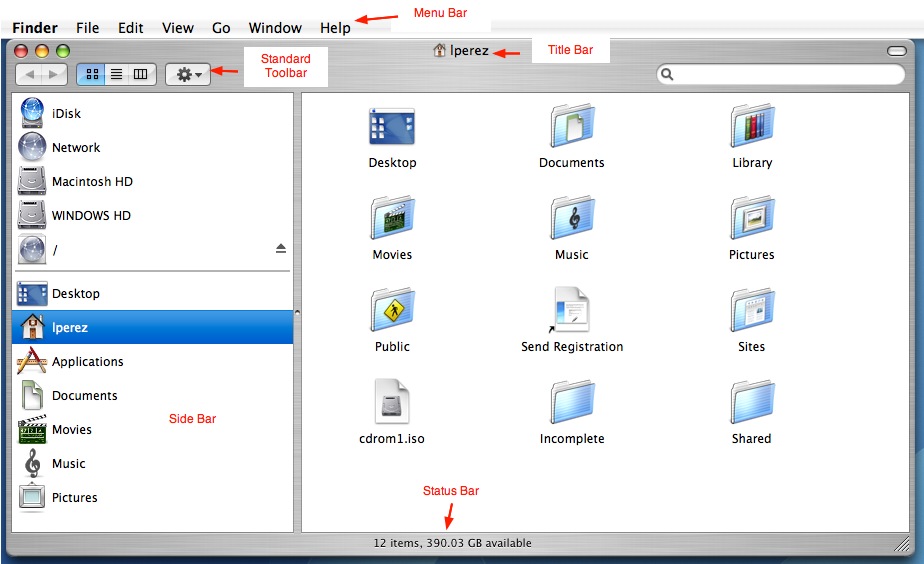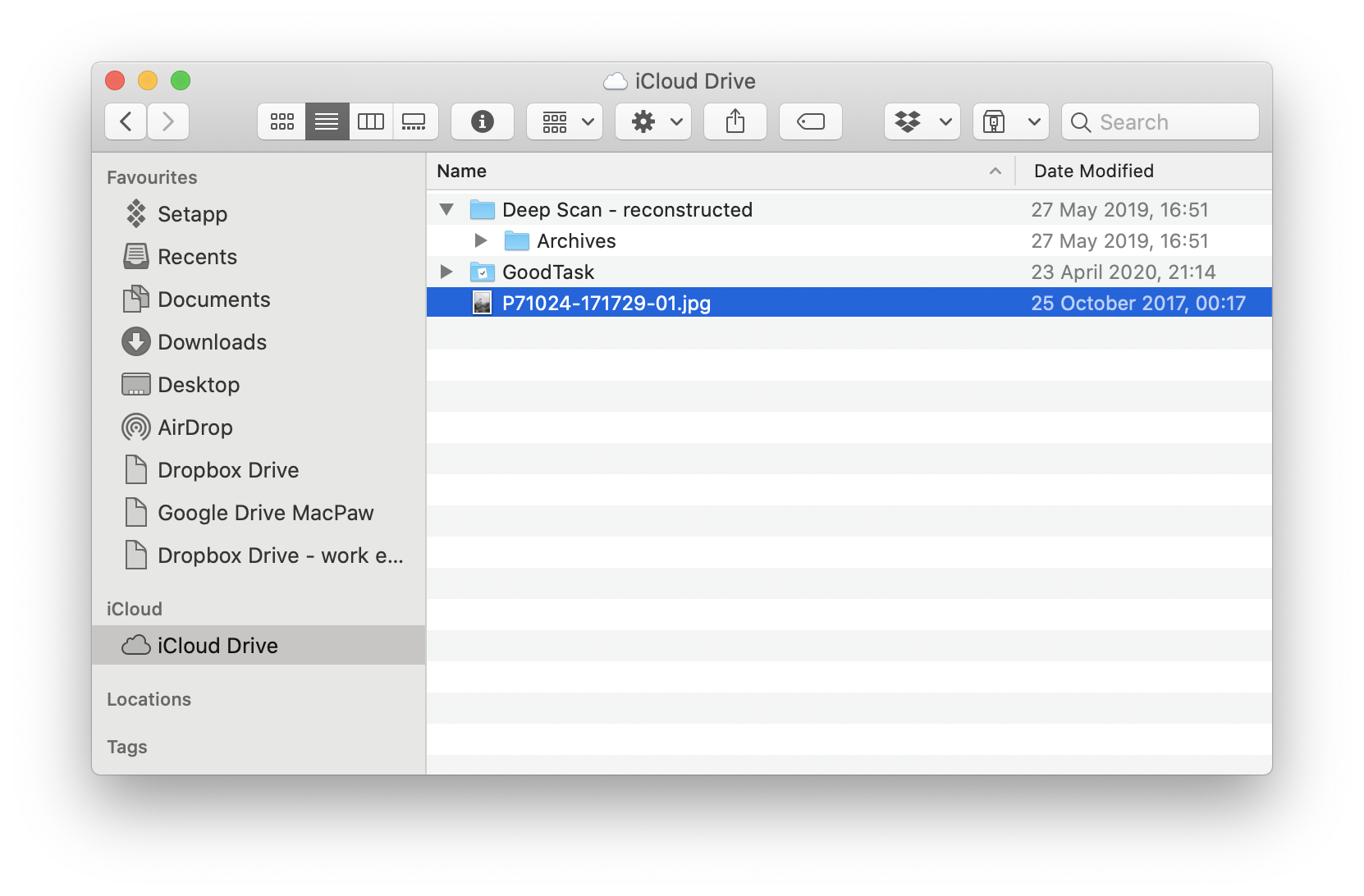

It is easy to recover lost/missing/disappeared files from unmountable, corrupted, unreadable, inaccessible, formatted USB flash drives, external hard drives, hard disks, sd cards, memory cards, etc. When it comes to data recovery, iBoysoft Mac Data Recovery is your best assistant. Because any further operation will write new data to the USB drive and overwrite the original data. If you didn't back up important data on your USB, you need to conduct data recovery on the USB drive right away when you finally find files are disappeared from the flash drive on your Mac. Recover lost data from USB flash drive on Mac first


WHERE ARE MY DOCUMENTS ON MAC FINDER ARCHIVE
You see two folders: Archive and Attachments along with file databases labeled chat.db. In the Library folder, choose the Messages Folder. Type in your user library using /Library and press the Go button. Why does the USB show empty but space used on Mac To access your past conversations, launch Finder > Go Menu. FAQs about the USB flash drive not showing files Tips to prevent files disappearing from flash drive
WHERE ARE MY DOCUMENTS ON MAC FINDER HOW TO
How to fix USB files not showing up on Mac Why does the USB show empty but space used on Mac So, where do those files go? Is there a solution to get those files back? Luckily, this post will show you solutions regarding USB drives not showing files and folders on Mac.

When this issue occurs, you can't see any files on USB drives on Mac but only to find the storage space was occupied. The "get info" tab shows that there are about 5 GB of files stored on the flash drive. I have an 8 GB USB flash drive that when I plug it into my MacBook, the flash drive shows up but files disappeared from the drive. This app is useful for any system task imaginable.In some tech forums, especially in Apple support communities, many users had reported issues where the USB flash drive shows empty but space used when they connect the pen drive to Mac. And you can even queue up multiple operations. View hidden files, get more info about your processes, and adjust compression levels when zipping. With two panes, unlimited tabs, cloud disk mounting, task management, and even Terminal emulation, Commander One is a viable alternative to Finder. Its usefulness as a file manager can’t be overstated. It takes practice, but once you get the hang of it, it’s a pretty powerful tool, useful not just for file searches, but also for batch text editing and substitution.īut searching isn’t the only thing Commander One is capable of. In the top right search textfield, enter the folder name you want to link to. The file name string can start with any amount of random characters. Let’s say that you don’t remember much about the file, except that the file name ends in "sa" and a three-digit number. That being said, it’s a difficult, confusing language that is only useful for power users. With all this combined, RegEx patterns can find almost anything. It includes wildcards, repeat characters, and conditional operators. This regular language can be used to locate very specific strings of text. Commander One is even more helpful when trying to find files on Mac if you learn RegEx.


 0 kommentar(er)
0 kommentar(er)
